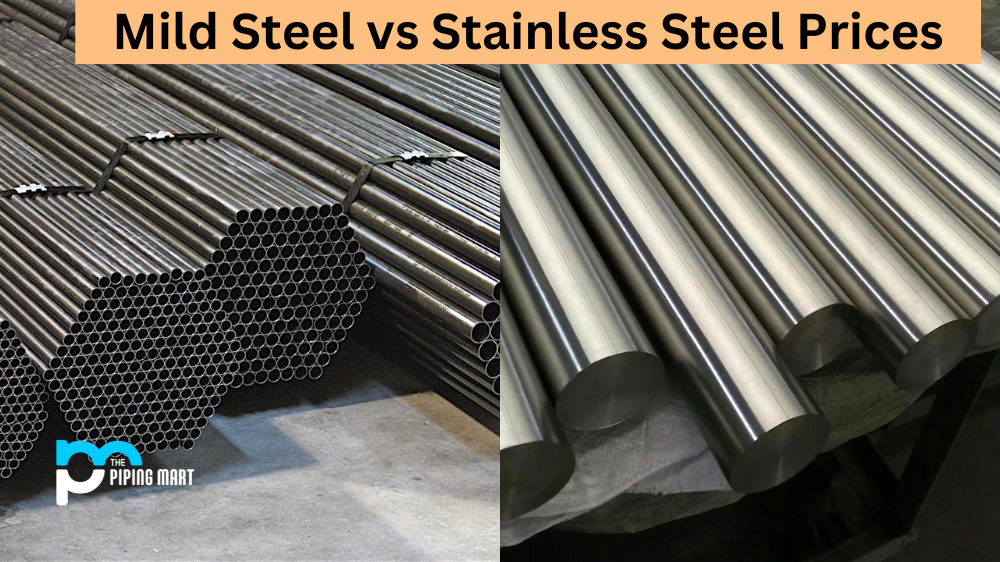Welding aluminum can be a tricky process. It requires special tools, techniques, and a keen eye for detail to ensure that the final product is strong and reliable. For those looking to take on this challenge, dc TIG welding is one of the best options available. Let’s take a look at what you need to know about welding aluminium with dc TIG.
Choosing the Right Tools
The first step in welding aluminum with dc TIG is choosing the right tools for the job. The most important tool you’ll need is an aluminium-specific tungsten electrode that has been ground to an appropriate point angle for the material being welded. You’ll also need a dc power source, as well as a wire brush or grinder for cleaning up any debris or excess slag before welding begins. Finally, Argon gas should be used when welding aluminium to create an inert environment and reduce oxidation while welding.
Welding Technique
Aluminium welding requires a steady hand and plenty of patience. To begin welding, your workpiece should be clean and free from any debris or contamination. Once it has been thoroughly cleaned, use your wire brush or grinder to remove any oxide or corrosion present on the surface of the metal before beginning your welds. Next, set your power source to its lowest setting—this will help you get comfortable with controlling your heat input before increasing it as needed later on in the process. Begin by running short beads along both sides of your joint, which will help form a strong bond between them—you can then switch over to running longer beads along one side until both sides are completely sealed off together. Make sure you’re keeping track of how much heat you’re applying during each pass so that you don’t end up warping or melting away too much material!
Finishing Up
Once you’ve completed all of your welds along both sides of your joint, it’s time to finish up! Use a wire brush or grinder once more to clean off any excess debris or slag which may have accumulated during the process, and then let everything cool down before inspecting your work for accuracy and strength. If everything looks good, congratulations—you’ve just successfully completed your first aluminum weld using dc TIG!
Conclusion:
Welding aluminium with dc TIG is no easy feat, but it certainly isn’t impossible either! With the right tools, technique, and practice, anyone can master this skill in no time at all! Start by researching what type of tungsten electrode is best suited for aluminium work, followed by learning how to control heat input during each pass so that you don’t end up warping or melting away too much material—and finally make sure you’re cleaning off any excess debris throughout every step just as if it were part of the process itself! Doing this will guarantee that each welding job turns out perfect every single time! Hobby welders and metal workers alike should take into account these tips when attempting their first dc TIG aluminum weld – good luck!

A passionate metal industry expert and blogger. With over 5 years of experience in the field, Palak brings a wealth of knowledge and insight to her writing. Whether discussing the latest trends in the metal industry or sharing tips, she is dedicated to helping others succeed in the metal industry.




